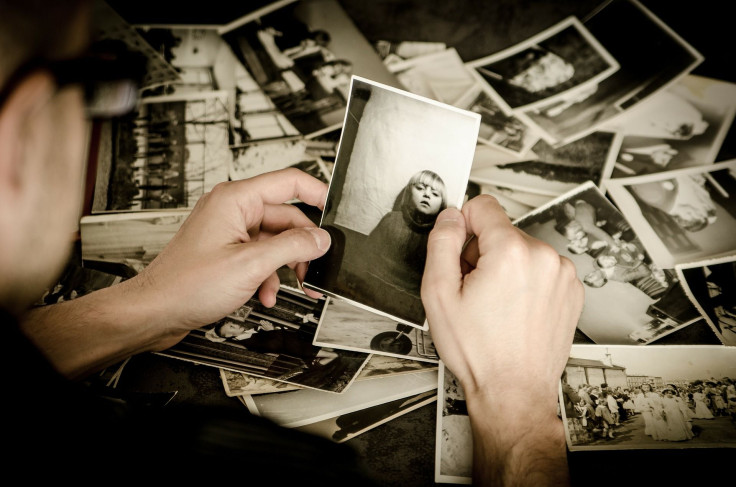Memory Storage: What Happens To Forgotten Memories In The Brain?


Are forgotten life events still visible in the brain and if so how?
This question originally appeared on Quora. Answer by Paul King, Computational Neuroscientist.
Memories are stored as chemical changes at the connection points (synapses) between neurons in the brain. There are more than 100 trillion synapses in the human brain, and each memory is stored as slight changes to thousands or millions of synapses. In this sense, memories have a "distributed" representation: each memory involves thousands of synapses, and each synapse is involved in possibly thousands of memories.
If a memory survives until at least the next day, then its storage has already resulted in possibly permanent change to thousands of synapses in the brain. The question is for how long will that memory be retrievable? And is it still there even if it is not retrievable?
Episodic Memory
The memory for past events is among the least understood processes in neuroscience. It is only known for certain to exist in humans, and the experiments required to study its neural mechanisms are problematic for logistical and ethical reasons.
One fascinating study published in Nature looked at the activity of individual neurons in the episodic memory region (the hippocampus) of human patients undergoing surgery for epilepsy. In one patient, they found a neuron that responded to photos of Bill Clinton and another neuron that responded to photos of Jennifer Aniston. The Jennifer Aniston neuron responded to images of Aniston by herself, but not when photographed next to Brad Pitt.
It is not that a single neuron was responsible for the memory of Jennifer Aniston. Rather, Aniston was sufficiently significant in the life of the patient (from watching too many episodes of Friends?) that thousands of neurons and possibly millions of synapses were involved in representing aspects of her, with at least one neuron fully dedicated to her visual appearance as an individual.
The recall of life events is closer to a process of "reconstruction" than "retrieval". Memories degrade, similar memories merge, and clusters of related memories can become islands that are disconnected from the present. Such memory islands appear "forgotten" until an association connects into the island and suddenly brings back a whole world, as when French writer Marcel Proust famously bit into a madeleine cookie and felt forgotten memories from his childhood return with emotional vividness.
Every important life event changes the brain, whether or not the event can be specifically recalled. These changes may be subsequently reshaped and rearranged so many times that the original experience can no longer be reliably reconstructed.
Finding the trace of a forgotten memory is like an archeologist trying to reconstruct the ancient Greek city of Troy, which was built over several times before being abandoned. With a lot of excavation and some imagination, it is possible to reconstruct many aspects of the past. But it is also possible that the traces left behind will be so altered and fragmented that interpreting them would be like rebuilding a Greek temple from gravel.
The 9 Archeological Layers of the Ancient Greek city of Troy
In the case of the brain, the "forgotten" traces are the thousands of neuroreceptor molecules scattered around the brain's vast network of synapses that would not be there if the past event had not occurred. The brain's ability to recover a particular memory may be obliterated permanently or it may be dormant until just the right experience recreates just the right internal signaling pattern such that something resembling the forgotten memory is spontaneously regenerated.
More from Quora:



























